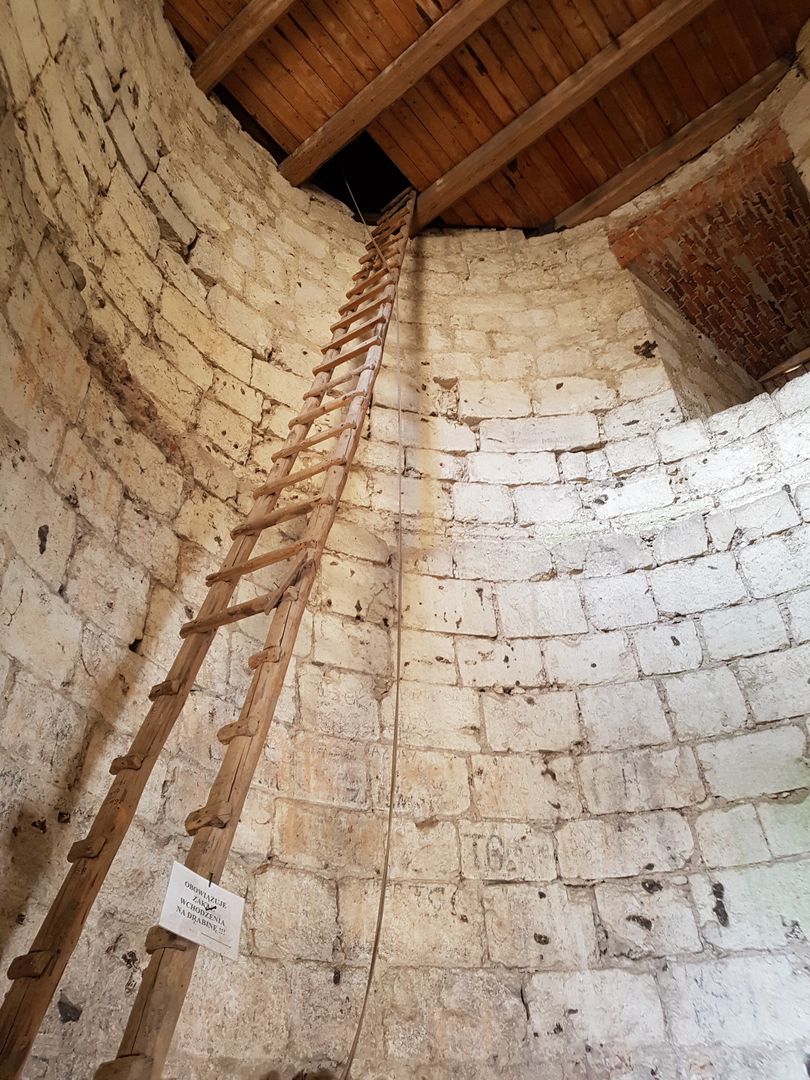Ojców Castle
7.64

Overview
Ojców Castle, built on the orders of King Casimir the Great in the second half of the 14th century, is an example of medieval defensive architecture in Poland, forming part of the so-called Trail of the Eagles' Nests. Its history dates back to 1354–1370, when it was first mentioned in documents as the seat of the starosty. The castle witnessed many transformations, from being leased by prominent owners such as Adam Wodzisławski and Stanisław Płaza, to its later neglect, as all of them were distinguished representatives of the nobility of the time. In the 17th century, after being acquired by Mikołaj Koryciński, its reconstruction began, resulting in the addition of new buildings. The castle was not damaged during the Swedish Deluge, but after the end of the last major wars in the 18th century, it began to fall into ruin. In the 19th century, the castle became state property, but further disintegration was inevitable. At the end of the 20th century, the first renovation works were undertaken, and in the 21st century, the castle became part of the Ojców National Park. Recent years have seen intensive conservation efforts, including the restoration of the gate tower and defensive bastion, as well as the creation of a modern exhibition to promote the castle's history. The castle is open to tourists all year round, offering a variety of attractions, including multimedia exhibitions and viewpoints. Interestingly, legend has it that the name 'Ojców' (Father) is associated with the figure of Władysław Łokietek, who found shelter from his enemies in the nearby caves. Archaeological research conducted at the castle over the past three decades aims to uncover its history and discover remnants from various eras, contributing to a better understanding of this important historical fortress.
Location
2025 Wizytor | All Rights Reserved